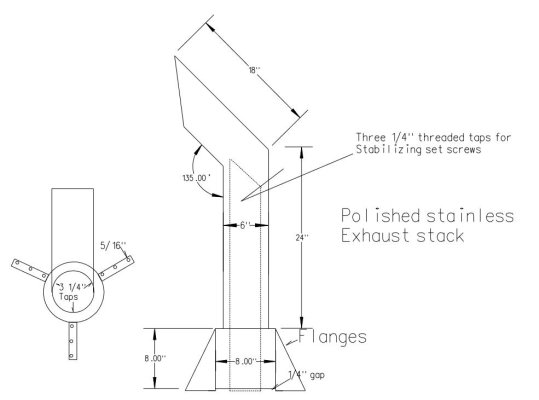ksceviour
Senior Member
Love the Nordhavn 40 however my only experience with dry exhaust stacks was a converted fish boat I charted many years ago. What I recall from that was the occasional bit of soot on the deck. Not much and only until the engine warmed up but soot. Our current boat is a wet system.
I'd like to get some input on the experiences, good and bad, associated with dry stacks.
I'd like to get some input on the experiences, good and bad, associated with dry stacks.



